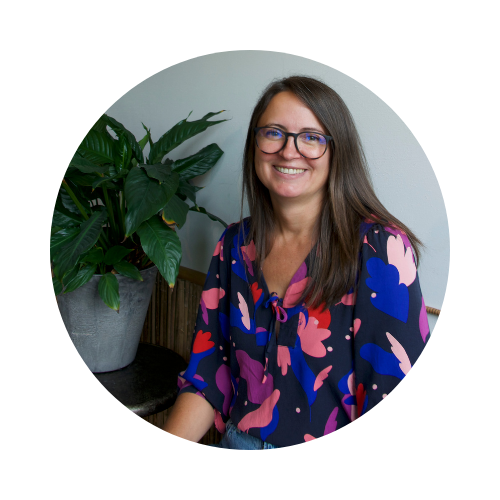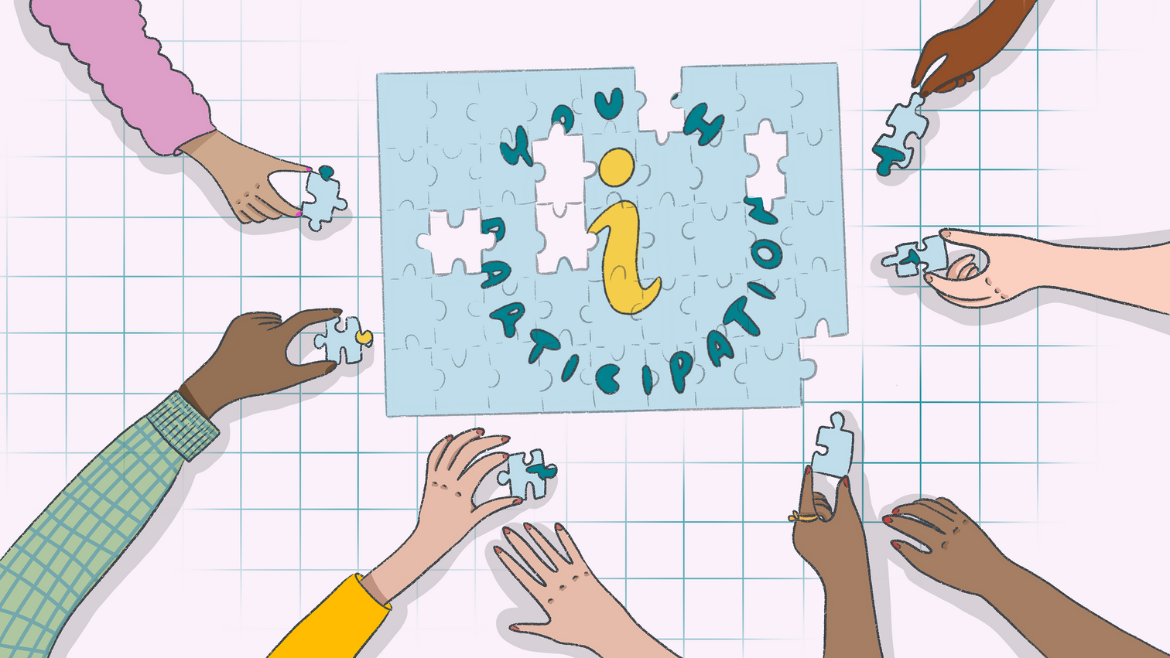
Illustration by Daniela Nunes
Youth participation in Eurodesk youth information services
by Audrey Frith
For more than 30 years now, Eurodesk has operated as an information service for young people, spanning a network of national youth information centres in 36 countries. With 38 offices and over 3 000 local youth information multipliers, Eurodesk plays an important role in disseminating information about European and international mobility opportunities. It promotes European values and motivates young people to engage as active citizens. By providing young people with tailored, accurate, engaging, trustworthy and youth-friendly information, Eurodesk empowers them to understand their rights and access learning opportunities (focusing on Erasmus+ and the European Solidarity Corps as well as other learning opportunities), thereby enhancing their personal and professional growth.
The principle of youth participation and engagement is one of Eurodesk’s four thematic priorities. To support this priority, Eurodesk has developed a variety of resources, including tools, activities and campaigns, which we are pleased to share with the Coyote community. These resources are particularly valuable for organisations aiming to foster young people’s participation in democratic processes.
 What does youth participation mean in youth information?
What does youth participation mean in youth information?
By youth participation in youth information services we mean enabling young people to have the right, means, space and support to:
- participate in the production, dissemination and evaluation of youth information, at different levels and in different forms;
- lead and develop peer-to-peer youth information activities;
- give feedback as an integrated part of the ongoing development of youth information services;
- take an active role in the co-design and leadership of youth information services.
The goal is to enable them to influence the content and types of youth information that young people have access to, as well as the way that youth information services undertake their work. Youth participation in youth information services sits alongside the vital role that having access to quality youth information plays in enabling young people to actively participate in democratic and civic life.
 How youth participation contributes to quality information and youth rights
How youth participation contributes to quality information and youth rights
Youth participation and youth information go hand in hand in the protection and promotion of young people’s human rights (Council of Europe, “Young people’s access to rights through youth information and counselling”, 2015) and in promoting democracy. Youth participation enriches information quality and strengthens youth rights by fostering diverse perspectives and ensuring that the needs and interests of young people are represented and addressed in decision-making processes and information dissemination.
They both enable young people to be democratically and civically active in our communities and societies (Youth participation in youth information, Eurodesk and Eryica, 2022). It is therefore essential to ensure that young people have a say in the design of youth information services.
To achieve this, we run youth information portals and social media channels, organise outreach activities and campaigns at local, national and European level and develop various educational and informational resources to support the work of our entire network.
A wide range of practices are happening at the local and national level, with various degrees of engagement of young people as co-creators of youth information services.
Eurodesk released a guide on youth participation in youth information services in partnership with Eryica during the European Year of Youth in 2022 to clarify what is meant by youth participation in the context of youth information and to provide hands-on guidelines on the various models and formats that ensure the meaningful participation of young people, as well as good practices from both networks.
However, there is no one-size fits all approach as a quality youth information service is likely to use a range of different models to support youth participation. So, if you are working on youth information and youth participation, we suggest you find the best model for your activities directly from the guide!
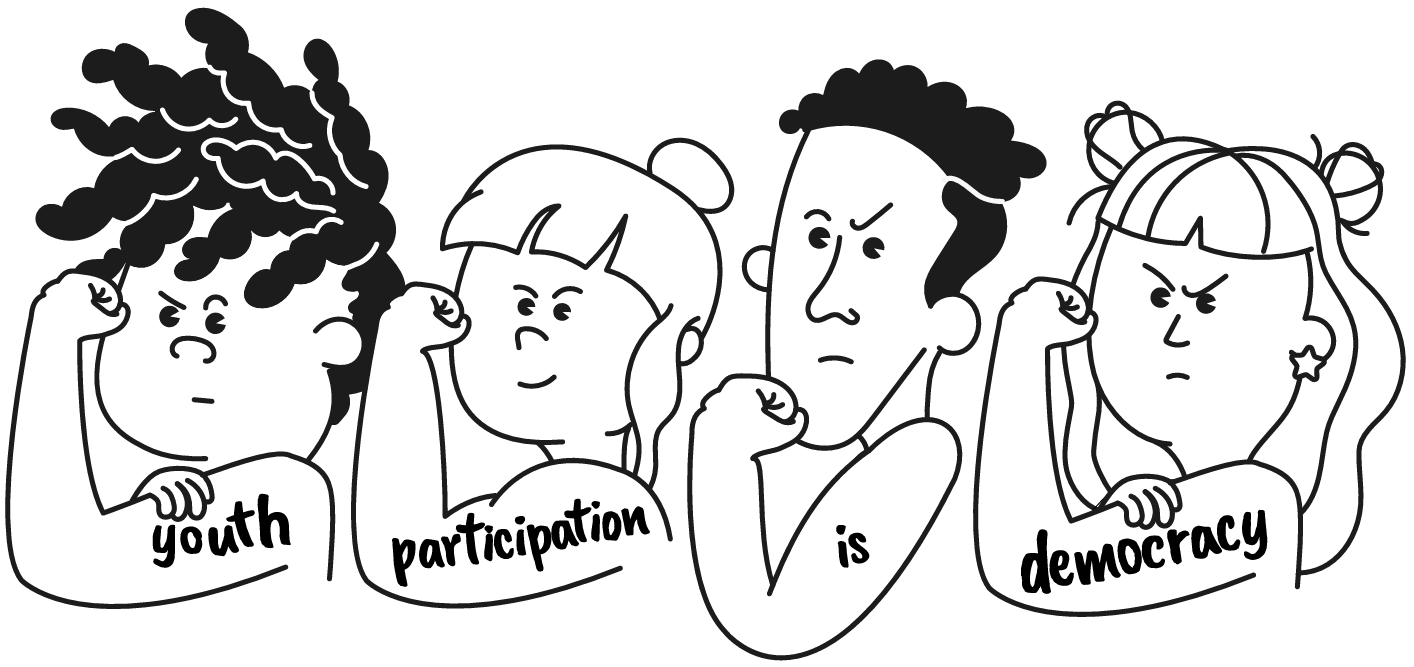
Image: Eurodesk
 Eurodesk best practices
Eurodesk best practices
Youth participation in youth information services can take place in different ways. Some of the most common formats include co-creating content with young people, involving them as peer educators, having young people in our steering committees and involving them in evaluation and feedback processes. I will go through these four formats, providing some concrete examples and lessons learnt.
1. Creating youth information with young people
This group of methods focuses on how young people can influence decisions about the type of youth information that is created. It enables them to influence the topics, formats, content and platforms used for youth information. It can also allow them to be directly active in the creation of youth information. Specifically, it means working with young people as content creators and co-designing information campaigns and material with them.
Example: pool of young journalists in Europe
The pool started in the European Year of Youth 2022, for the first time giving young people a direct say in the content developed on the European Youth Portal. The pool was also invited to cover dozens of international events and share their perspectives. Following this successful pilot year, the pool became a permanent initiative aiming to give young people a voice as storytellers!
For 2024, 11 young journalists have been selected from across Europe via the Eurodesk Network and are responsible for writing articles, creating videos, podcasts and photojournalism on themes of interest to young people. The young journalists have editorial responsibility for their articles, in line with EU values of course.
The pool is also given the opportunity to cover main European events happening during the year and report back from the ground and the journalists receive regular training from experts in the field of journalism. In this project, young people are really involved in the design of youth information content and have a visible space on the European Youth Portal, the official EU portal for young people.
Here are some lessons learned from this initiative.
Strong points: having the content produced by young people on the portal makes it more attractive, as they are sharing their opinions on content that echoes with the interests of other young people. The quality of the portal is therefore increased.
Challenges: the key challenge in running the pool is to keep the motivation high throughout the year and foster collaboration between the journalists. From the past two editions, we see the need to start with team-building activities and to get them into a newsroom spirit during a first face-to-face meeting, to create bonds for the rest of the year. Ongoing communication is essential.
Key success takeaways: it is important to be super clear on what are the benefits are for young people (for example, offering training opportunities with experts, visibility, networking with other young people that share their passion) and what is expected from them (how many articles they will be expected to produce, for instance) and to provide ongoing support and communication (such as through monthly editorial meetings).
To support similar initiatives, many practical tools are available in the guide such as a “Recruitment and outreach planner”, a “Feedback planner” and various checklists.
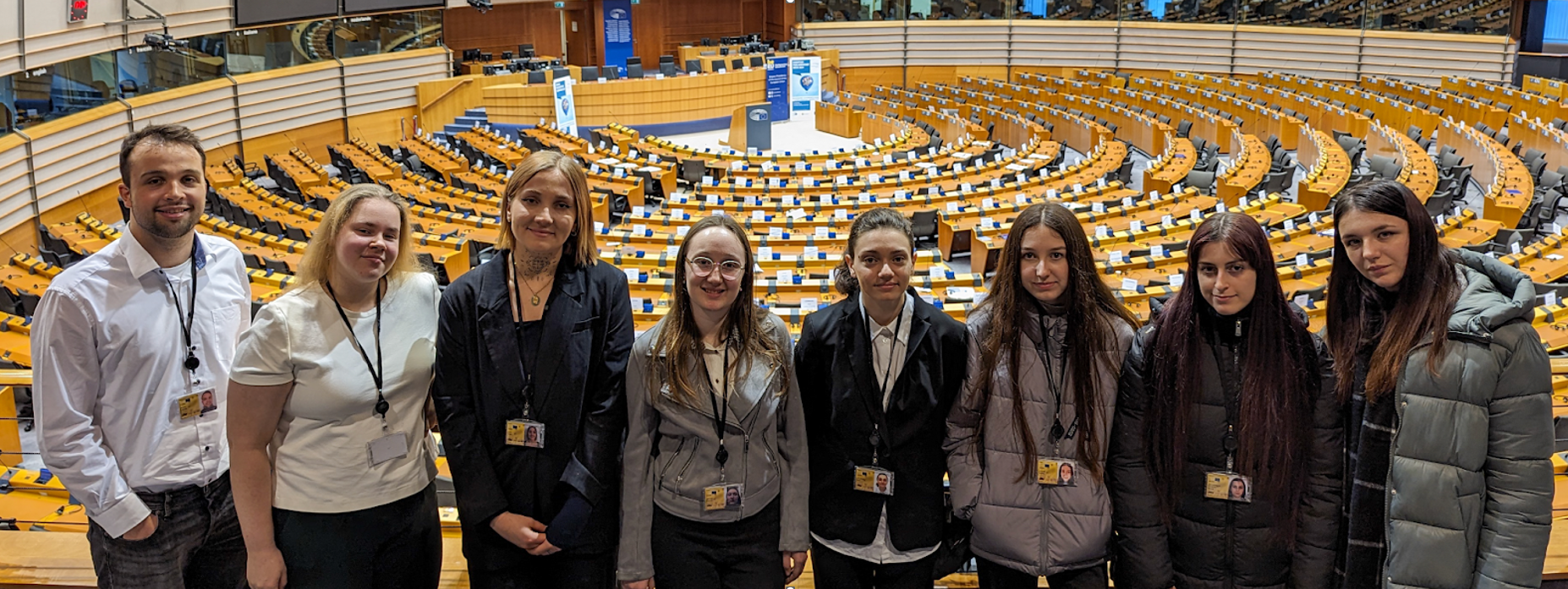
Image: Eurodesk
2. Involving young people as peer-to-peer educators
This method enables young people to be active in the delivery of youth information. Young people practise their active citizenship and experiential learning by taking on roles disseminating youth information to other young people.
Peer education can be as simple as talking informally with a friend about a particular issue of concern. It can also be based around peer educators running structured peer education activities to other groups of young people, to deliver information on specific topics.
Example: young people sharing their stories during info sessions
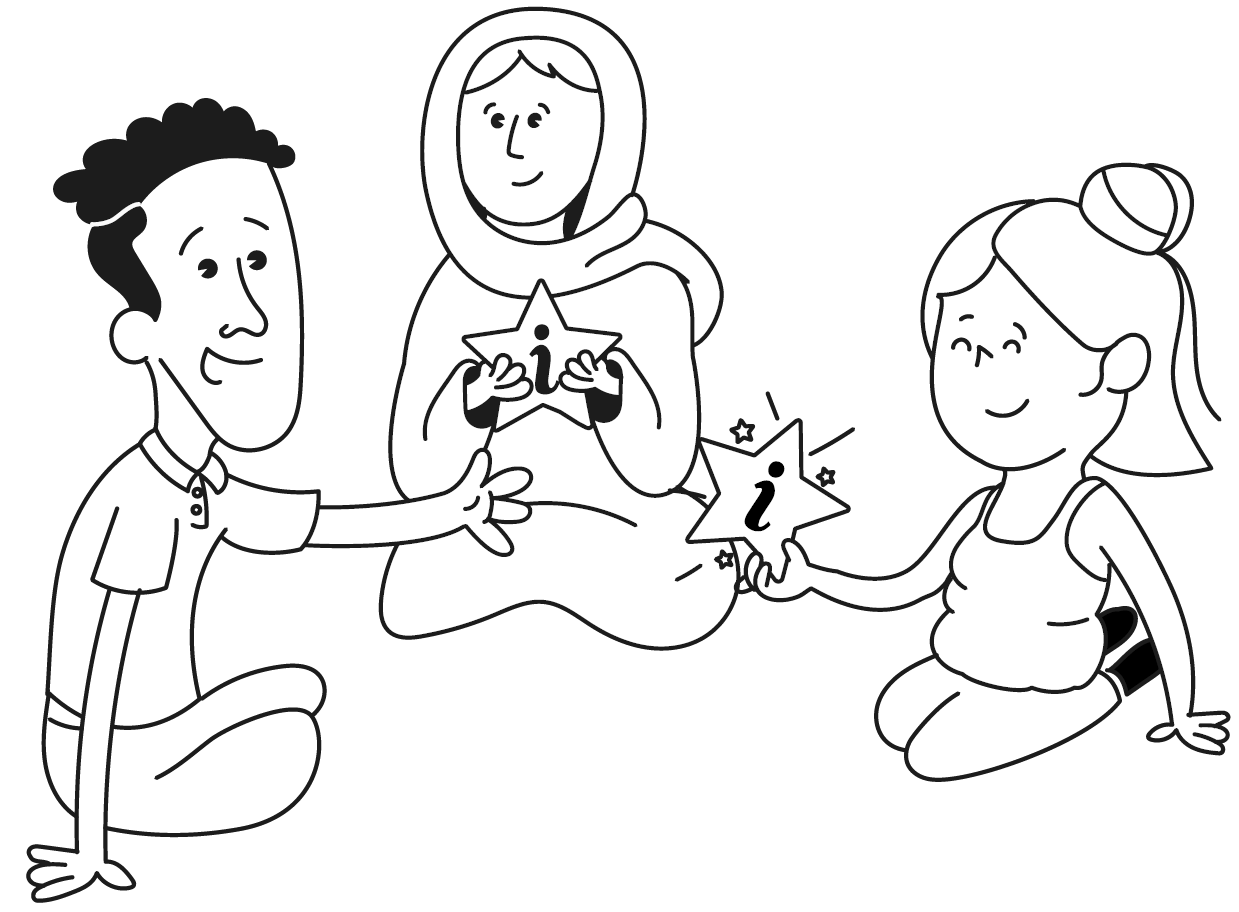
This includes the provision of information tailored to young audiences, such as stickers, posters, brochures and social media posts. A unique branding has been developed for this campaign, accompanied by a strategic concept that incorporates the inclusion of young voices in the design of its activities.
Under the slogan “Don’t let others choose for you”, we want to convey the message that if young people don’t vote in the elections, someone else will make the decision for them. This message can be expressed through very fun messages!
Key takeaways: we spent a lot of time brainstorming with the team and our network to find the right approach to our campaign. We wanted to find a message that can trigger something in the minds of young people about voting, a message that would be meaningful for them. This is how we came up with our slogan and the overall approach of the campaign. This made the whole campaign more cohesive and impactful.
We use peer-to-peer approaches that match young people’s ways of participating while explaining how voting matters. The campaign is run on social media, especially TikTok and Instagram, as well as YouTube. We are using the voices of young people as co-creators of the campaign. What we did is to ask our local multipliers to interview young people taking part in our Euroclasses, asking them their opinions on various issues: what does voting represent for them? What is their understanding of the EU’s functions? Do they feel their voices are heard? These voices were mixed into various thematic video posts. Alongside, we have our “information” posts, podcasts, etc.
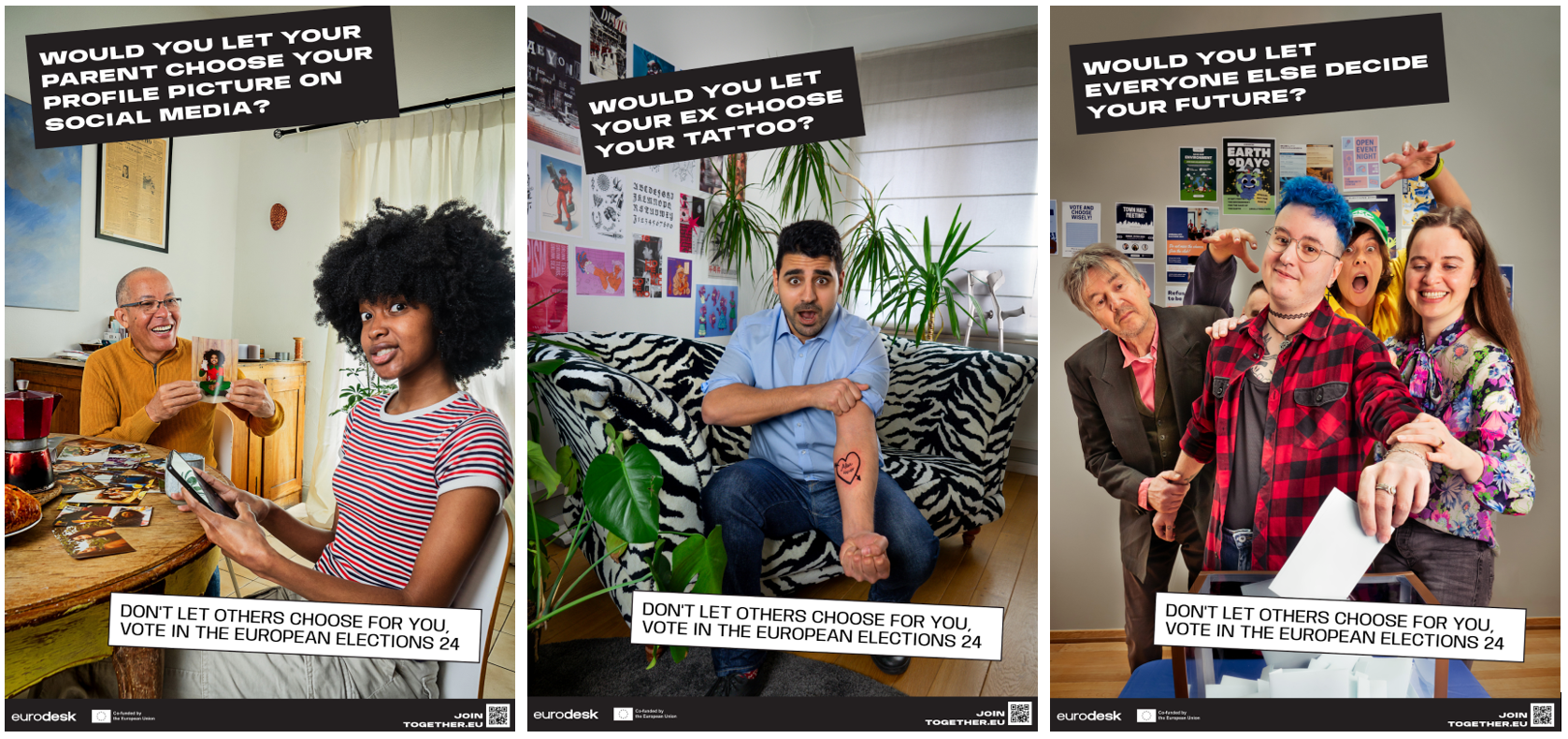
Image: Eurodesk
Key takeaways: at Eurodesk we are lucky to have young (paid!) interns with us who are experienced with social media and are very talented and creative! We give young people the space to brainstorm and propose ideas to make our content more engaging and fun. We usually make our young interns work in teams of two or three. Of course, our communication and brand officers are supporting them and ensuring that the proposals align with our brand strategy. A social media meeting is organised each week at the same time. Some of the videos really went viral!
Some of our national Eurodesks have implemented “Eurodesk youth ambassadors” programmes, engaging young people in multiplier roles to support their peers. In the guide you will discover the Italian examples, as well as guidelines on how to recruit and motivate young people and train and support them to be active ambassadors.
3. Evaluation, assessment and feedback
This group of methods involves putting in place simple, systematic approaches that can enable any young person to express their views on the quality of the information they receive. They sit lower down on the ladder of participation but are a vital part of enabling a youth information service to listen to the views of young people and to adapt the service accordingly.
No one model or format is more effective than another. They each achieve different goals and serve different purposes. A quality youth information service is likely to use a range of different models to support youth participation. Different models and formats might even be used in the same project.
Example: Eurodesk youth info survey
The Eurodesk Mobility and the Role of Youth Information Survey is a multilingual European-wide survey. The third edition of the survey (2022) targeted young people aged 13 to 35 and aimed at understanding their information patterns and their perception of learning mobility after two years of the Covid-19 global pandemic. The survey collected 4 061 responses from 74 countries.
The report provides useful insights for youth information providers. For example, it asks questions such as what are young people’s favourite social media channels? Where do they look for mobility information? What sources do they trust? It also features many other elements that are crucial to improving strategies for delivering youth information, which in turn leads to real mobility opportunities for young people. Eurodesk uses the results of the survey to design its information strategy. The next edition will come out in 2025. I hope many of you will help us spread the information to reach out to even more young people!
Key takeaways: young people are keen to be consulted and share their perspectives! Over 70% of the respondents were interested in receiving the final report, almost 40% wanted to get in touch with their national Eurodesk office to share their story and almost 50% of the respondents subscribed to the Eurodesk monthly newsletter. Young people would benefit greatly if specific events or content were based on peer-to-peer approaches. The good news is that young people are keen on sharing their mobility stories!

Image: Eurodesk
4. Young people co-steering youth information services
This group of methods focuses on how young people can influence decisions about the running of youth information services and their projects. It enables them to influence and steer the overall strategy and approach of the youth information service. This can focus on the whole youth information service or a particular aspect of it, such as a single project. These methods can involve youth advisory groups and youth expert groups and young people joining governance bodies.
At Eurodesk we do not have a permanent group of youth advisers in our decision-making bodies; however we do use other methodologies to integrate their perspectives into our decision making. For example, we are using focus groups to inform our decisions – the last one we organised was about revamping the Eurodesk website and Eurodesk Opportunity Finder. We collected their views, needs and problems and this informed us to develop the concept note, alongside our analytical research and strategic branding analysis.
 To conclude
To conclude
As you can see from these examples, Eurodesk’s work is based on meaningfully including young people in co-designing youth information.
We have also experimented with collecting designs from young people for our various campaigns through digital competitions. This was the case for our Time to Move campaign whose yearly visuals are designed by young people. Another good example are the illustrations used in the guide from a young illustrator, Javier Larios. We discovered him through a digital competition and since then we have been working with him professionally on all publications released by Eurodesk and Eryica. Running such competitions can be a way for us to identify talents and for them to make themselves known!
There are so many ways to engage young people – let’s try them all and find the best model!
Find out more about Eurodesk and our activities at:
Eurodesk.eu
Timetomove.info
Eurodesk Opportunity Finder
 Further resources
Further resources
Dan Moxon, Youth participation in youth information services guide, Eurodesk and Eryica, 2022.
Eurodesk InfoHub – Eurodesk’s main website on the 2024 EU elections.
Eurodesk InfoKit – a summary of the main points on the InfoHub.
Eurodesk Euro-Participation brochure, 2023.
Eurodesk, Youth mobility and the role of youth information survey, 2022.
Anne Crowley and Dan Moxon, “New and innovative forms of youth participation in decision-making processes”, Council of Europe, 2018.
Laden Yurttagüler and Eren Pultar, “New forms of youth political participation” study, the Partnership between the European Commission and the Council of Europe in the field of youth, 2023.
Salto Participation and Information, Youth Participation Toolkit.

